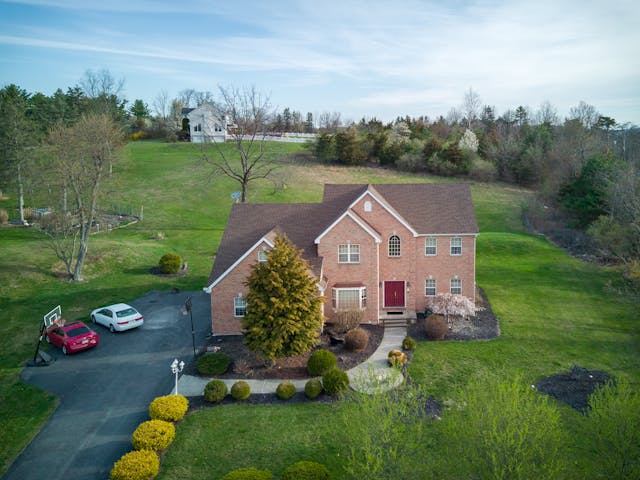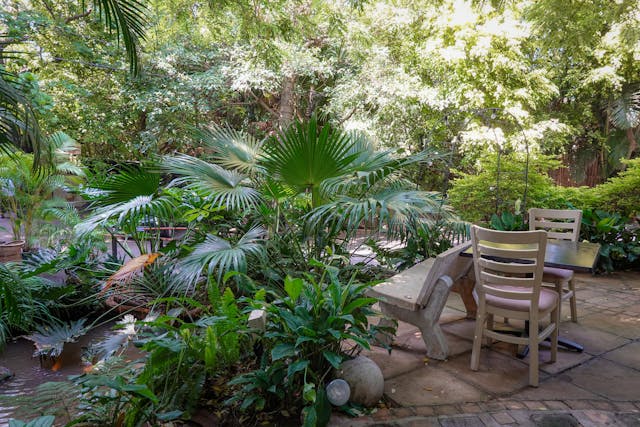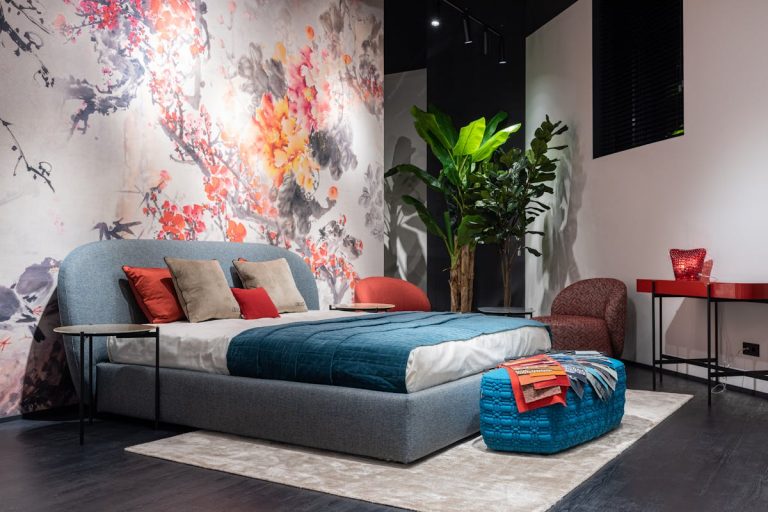

- Start by defining your garden’s purpose, whether it’s for meditation, socializing, or both, to guide your design choices effectively.
- Assess your garden space thoroughly, considering sunlight exposure, soil quality, and existing features such as trees or structures.
- Embrace natural elements such as native plants and water features to create a serene atmosphere that promotes relaxation and tranquility.
- Create distinct zones within your garden dedicated to relaxation, incorporating comfortable seating areas and tranquil meditation spaces for a peaceful retreat.
- Prioritize maintenance and sustainability by choosing drought-tolerant plants, implementing eco-friendly practices, and adding personal touches to reflect your style and preferences.
Transforming your outdoor space into a tranquil oasis is a rewarding endeavor. A well-planned garden landscape enhances your home’s beauty and provides a peaceful sanctuary to unwind and reconnect with nature. Whether you’re a seasoned gardener or a novice enthusiast, these five tips will help you create a relaxing garden landscape that soothes the soul.
Start with a Clear Vision
Creating a relaxing garden landscape begins with envisioning the atmosphere you want to cultivate. Consider the elements that bring you peace and serenity, whether lush greenery, vibrant flowers, or the calming sound of flowing water. Here are some key factors to contemplate:
Define Your Purpose
Before diving into the design process, identify the primary purpose of your garden. Are you looking to create a space for meditation and reflection, or do you envision it as a social hub for gatherings with friends and family? Understanding the intended use will guide your decisions on layout, plant selection, and amenities.
Assess Your Space
Take stock of your available space and assess its characteristics, including sunlight exposure, soil quality, and existing features like trees or structures. This information will help you determine which plants thrive in your environment and where to place various elements within your garden landscape. Consider consulting with a professional landscape company to gain insights into maximizing your garden’s potential within your space constraints.
Embrace Natural Elements
Incorporating natural elements into your garden design is essential for fostering a sense of tranquility. From organic materials to native flora, here are some tips for infusing your landscape with natural beauty:
Choose Native Plants

Opting for native plants supports local ecosystems and reduces the need for excessive maintenance and water consumption. Native species are adapted to your region’s climate and soil conditions, making them resilient and well-suited for your garden landscape. Additionally, they attract local wildlife, enhancing the biodiversity of your outdoor space.
Integrate Water Features
The sight and sound of water have a calming effect on the mind and body, making water features a popular choice for relaxation gardens. Whether it’s a trickling fountain, babbling brook, or tranquil pond, incorporating water into your landscape adds a sense of serenity and movement. Consider hiring a landscaper with expertise in water feature installation for a professional touch and seamless integration with your garden design.
Create Zones for Relaxation
Dividing your garden landscape into distinct zones allows you to cater to different activities and moods. Here’s how to design zones that promote relaxation and rejuvenation:
Designate Seating Areas
Provide comfortable seating options throughout your garden to encourage relaxation and contemplation. Whether it’s a cozy bench nestled beneath a shady tree or a hammock strung between two posts, having designated seating areas invites visitors to linger and enjoy the beauty of your landscape. Incorporate natural materials like wood or stone to harmonize with the surroundings.
Incorporate Meditation Spaces
Dedicate a quiet corner of your garden to meditation and mindfulness practices. This could be a secluded alcove surrounded by lush foliage or a simple stone platform adorned with tranquil accents like wind chimes or prayer flags. Creating a dedicated meditation space encourages daily reflection and connection with nature. Consider adding aromatic plants like lavender or jasmine to stimulate the senses and enhance the meditative experience.
Prioritize Maintenance and Sustainability
A low-maintenance garden landscape not only saves you time and effort but also promotes sustainability and environmental stewardship. Here are some tips for designing a garden that thrives with minimal intervention:
Choose Drought-Tolerant Plants
Selecting drought-tolerant plants reduces the need for frequent watering and conserves precious resources. Succulents, ornamental grasses, and Mediterranean herbs are excellent choices for gardens in arid climates or regions prone to water restrictions. Grouping plants with similar water requirements together can further optimize irrigation efficiency.
Implement Eco-Friendly Practices
Incorporate eco-friendly practices into your garden maintenance routine, such as composting, mulching, and using organic fertilizers. These sustainable methods promote soil health, reduce chemical runoff, and support a thriving ecosystem in your garden landscape. Additionally, consider installing a rainwater harvesting system to collect and reuse rainwater for irrigation, reducing your environmental footprint.
Add Personal Touches and Flexibility
Injecting personal touches and allowing flexibility in your garden design ensures that it truly reflects your style and adapts to your changing needs. Here’s how to infuse your personality into the landscape:
Choose Decor and Accents

Select decor and accents that resonate with your taste. This could include unique sculptures, colorful garden art, or even repurposed furniture. Integrating these elements adds character and makes your garden a true extension of your home.
Plan for Growth and Change
Anticipate plant growth and your family’s evolving needs as you plan your garden. Ensure that pathways are designed to accommodate plant expansion, and consider leaving open spaces for future additions or modifications. Flexibility in design allows your garden to evolve, adapting to your lifestyle and preferences.
Designing a relaxing garden landscape is a fulfilling endeavor that brings beauty, tranquility, and harmony to your outdoor space. By starting with a clear vision, embracing natural elements, creating zones for relaxation, prioritizing maintenance and sustainability, and adding personal touches with flexibility, you can create a garden oasis that rejuvenates the mind, body, and soul. Whether you’re a DIY enthusiast or seeking professional guidance, these tips will help you embark on a journey to cultivate a serene sanctuary in your backyard.





